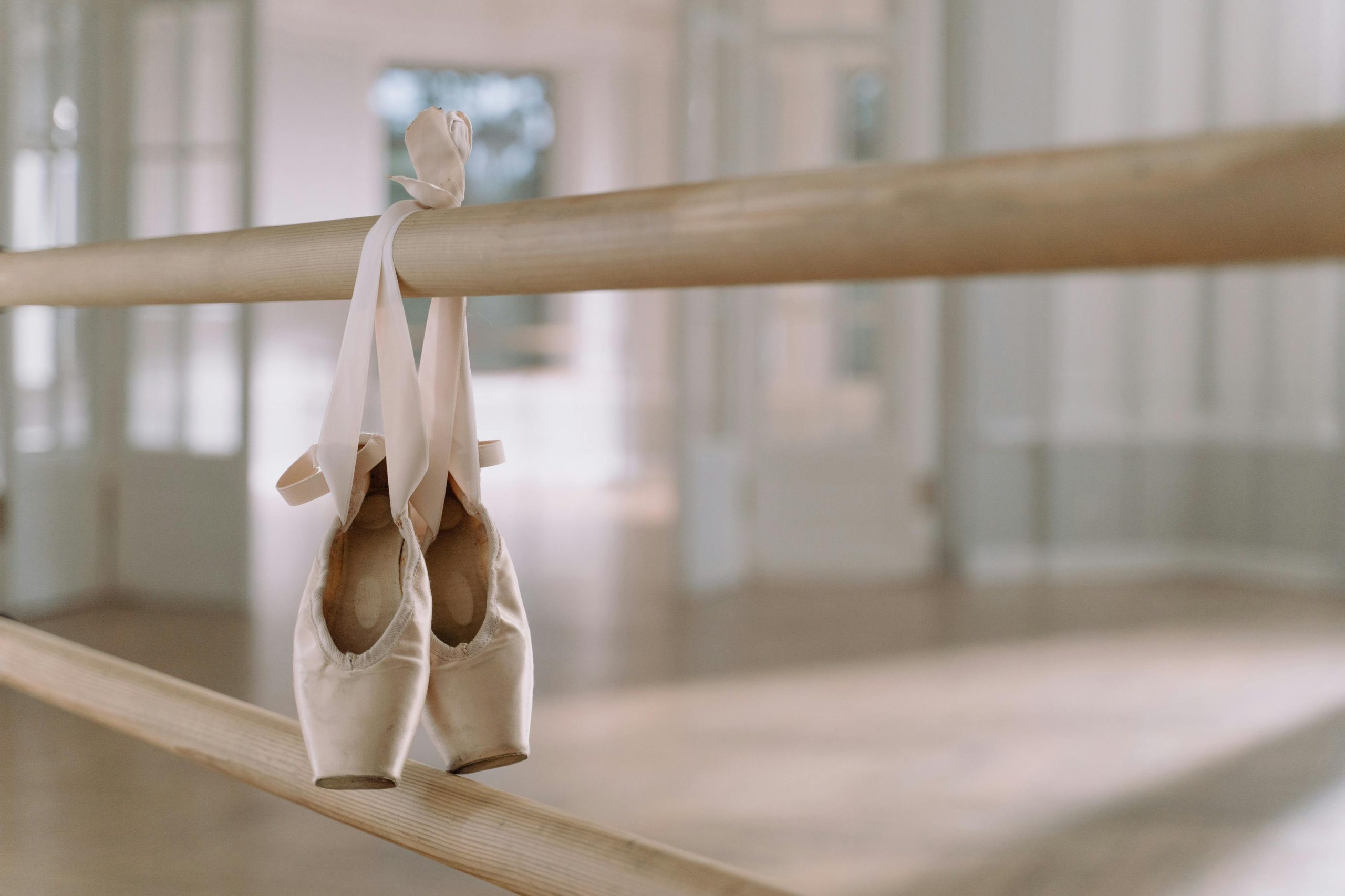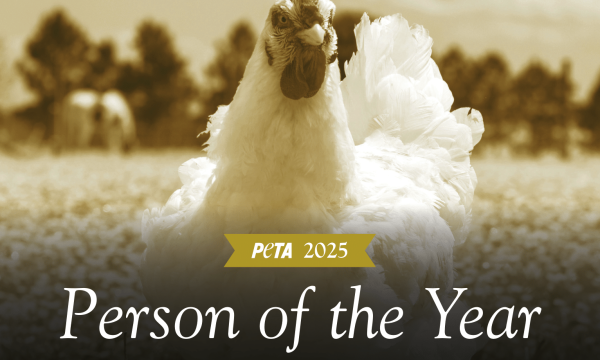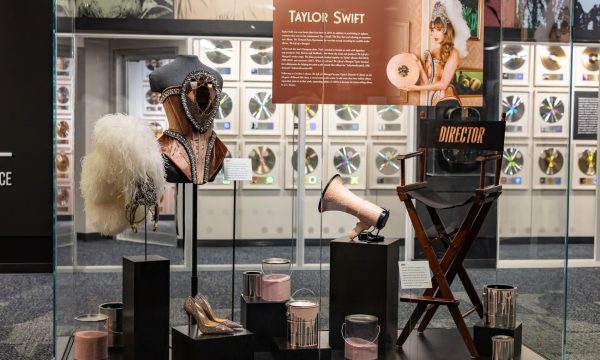Misty Copeland’s career reads like a transformation of ballet itself. Raised in Kansas City, Missouri, and later in the Los Angeles area, she discovered ballet later than many of her peers — at age 13.
From that point she ascended rapidly, joining the junior troupe of the American Ballet Theatre (ABT) and ultimately becoming a major figure in classical dance.
In June 2015 she became the first Black woman to be promoted to principal dancer at ABT in the company’s nearly 75-year history. This milestone sent ripples through the ballet world — she symbolised opportunity where historically there had been exclusion. Her promotion offered visible proof that elite ballet need not be configured only one way; her presence challenged long-standing aesthetic norms and representation gaps.
Throughout her career she danced major classical roles — from Odette/Odile in Swan Lake to Juliet in Romeo & Juliet, as well as modern works and collaborations. Off the stage she extended her influence by writing, speaking, creating a foundation to support young dancers in underserved communities, and using her platform to open doors for others.
Copeland’s significance lies not only in her technical skill or stage presence but in what she represented. She broke through subtle and overt barriers — stereotypes about body type, skin tone, background, late start in training — and in doing so made a visible dent in a world of ballet that often prizes uniformity. Her story demonstrated that a dancer’s path need not conform to standard templates. By being on the stage, leading roles, appearing in mainstream media, she expanded what young people could imagine for themselves. She also pressed the ballet world itself to consider questions of access, affordability, and inclusion.
Her foundation and her public voice encouraged young dancers of colour to see ballet as a place where they belong. In interviews she has talked about how seeing herself on the front of a poster changed what she thought possible. Her effect has thus been both inside the theatre (the roles, the performances) and outside (culture, perception, aspiration).
Misty Copeland’s farewell performance with ABT took place on October 22, 2025, at ABT’s grand Fall Gala at the David H. Koch Theatre in New York. The event — titled “A Celebration Honoring Misty Copeland” — marked the end of her 25-year tenure with the company. After a five-year absence from the stage, this event allowed her to return one last time to dance, to be celebrated, and to reflect her journey.
In stepping away from full-time performance, she will continue her work in advocacy, mentoring, and cultural influence. Her final bow is both a celebration of what she accomplished and a handing forward of vision: that ballet is stronger when it includes more voices, that performance is enriched by diversity, and that the art form evolves when its leading figures reflect the world they serve.













